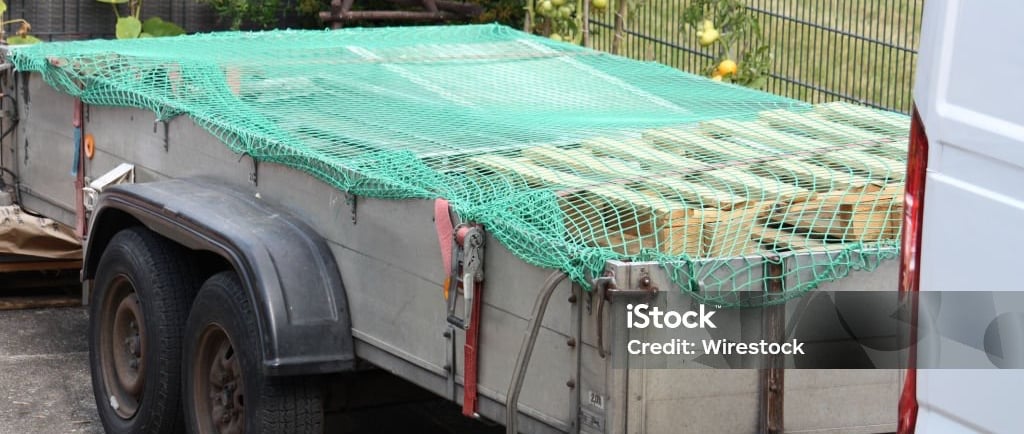Top 7 Cargo Securing Mistakes That Cost Time & Money
"Avoid costly cargo securing mistakes! Discover top 5 freight errors causing damage, compliance fines, and accidents. Learn DOT/OSHA-approved fixes, load-securing best practices, and risk mitigation strategies. Click for expert cargo control guides."


Introduction to Cargo Securing
In the logistics and transportation industry, ensuring that cargo is secured properly is paramount. Freight securing errors can lead to significant losses, not just in terms of money, but also in safety and compliance. This post outlines the top 7 cargo securing mistakes that can hinder operational efficiency and incur costs, making them crucial for all stakeholders in the cargo transportation sector to understand.
Mistake #1: Ignoring Cargo Securing Regulations
One of the most common cargo securing mistakes is ignoring established regulations. Compliance with cargo securing regulations is essential to avoid penalties and fines. Regulatory bodies, such as the Department of Transportation (DOT), have stipulations in place that outline how freight should be secured. Adhering to these guidelines not only ensures safety but also enhances efficiency in transportation.
Mistake #3: Overloading Cargo Nets
Overloading cargo nets is another prevalent issue that can have disastrous consequences. Incidents related to overloading can reach costs of up to $15,000 per incident. Overloaded nets are more likely to fail, leading to lost cargo and unsafe road conditions. It is always recommended to thoroughly inspect load limits before securing cargo with nets.
Mistake #4: Utilizing Insufficient Securing Equipment
Using inadequate securing equipment is a costly mistake that directly affects cargo integrity. Improperly rated straps, ropes, or chains can lead to failure during transport. Ensuring that all securing equipment meets the required specifications is vital for cargo securing compliance.
Checklist for Cargo Securing Compliance
To assist you in maintaining cargo securing compliance, here is a brief checklist:
Inspect all securing equipment before use.
Confirm load weight does not exceed the limits of securing devices.
Review DOT compliance guidelines regularly.
Engage in regular driver training on securing techniques.
Conduct post-trip inspections to ensure cargo integrity.
Mistake #5: Neglecting Appropriate Load Distribution
Improper load distribution can result in instability and affect vehicle handling. This makes it crucial to spread the load evenly to enhance safety and facilitate better vehicular control. Utilizing a systematic approach to load distribution can prevent many risking situations during transit.
Mistake #6: Not Conducting Regular Inspections
Another major oversight is failing to conduct regular inspections of secured cargo. This can lead to undetected issues that may arise during transportation. Moreover, regular inspections enhance cargo securing compliance, and any potential threats can be immediately rectified.
Conclusion: The Impact of Cargo Securing Mistakes
Understanding and avoiding cargo securing mistakes is essential for optimizing efficiency and ensuring safety. By addressing these common issues, stakeholders in the logistics industry can save time and money while ensuring compliance with freight regulations. Empowering all personnel with knowledge and the proper checklist for cargo securing compliance can significantly impact operational success.


